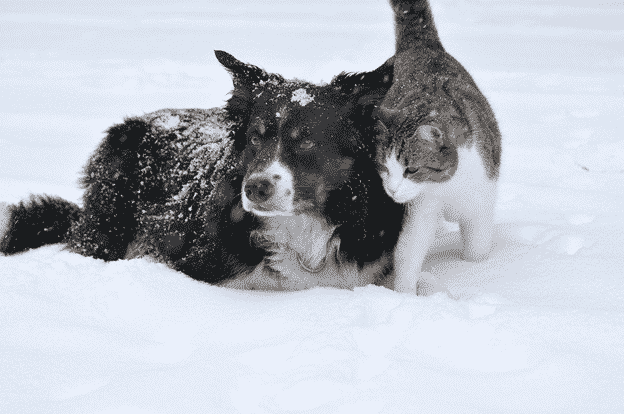

The Ultimate Winter Pet Care Guide
Whether your pet animal loves the winter or it would rather cuddle up inside a cozy blanket, you need to be prepared to do everything to protect it from harsh winter elements. For this purpose, we have prepared a detailed winter pet guide to help you make informed decisions when it comes to keeping your precious pet safe this season. So, let’s get started right away!
Since pets usually have a thick coat of fur, many pet owners tend to believe that their pets can easily tolerate chilly weather. However, this is far from the truth. Like human beings, these fur-coated animals are also used to the warmth and coziness of our homes. Winters can be equally harsh on pet animals as it can be on humans. No matter what the age, sex, and health status of your pet are, it always needs some extra care during the cold seasons.
Excess exposure to the cold, dry winter air, snow, and chilly rain can cause flaking, itchy skin, and chapped paws. However, these are just the basic discomforts that your fur child may suffer from. Going outdoors for a walk or some playtime can become downright dangerous if your canine or feline partner licks chemicals from ice-melting objects off of its bare paws. If you are looking to protect your pet from cold weather dangers, we have got you covered.
Whether your pet animal loves the winter or it would rather cuddle up inside a cozy blanket, you need to be prepared to do everything to protect it from harsh winter elements. For this purpose, we have prepared a detailed winter pet guide to help you make informed decisions when it comes to keeping your precious pet safe this season. So, let’s get started right away!
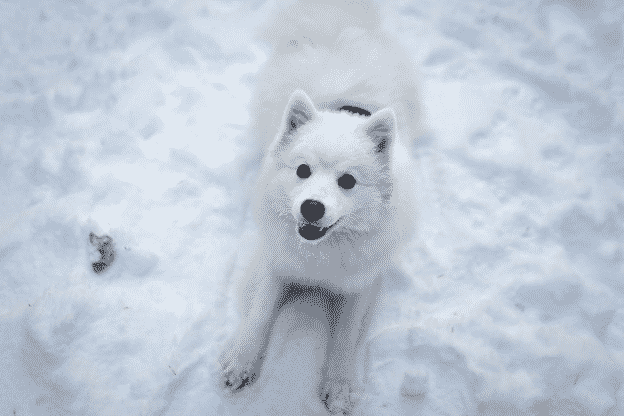
Be Fully Prepared
Winters come with the risk of severe problems such as power outages and blizzards. For this purpose, it is important to remain fully prepared with an emergency first aid kit that includes all the medical supplies for your pets as well. Moreover, you also need to store sufficient food supplies, fresh, drinking water, and the necessary medicines on hand to get through a few days in case of major emergencies.
Visit a Vet on a Regular Basis
If your pet animal hasn’t had its preventive care examination yet, it’s time to visit a vet right away and continue to do so on a regular basis. Medical conditions like arthritis often worsen in cold weather. Therefore, it is necessary to visit a veterinarian to have your pet examined at least once a year and then go for follow-up checkups so that you can remain fully aware of your pet’s health at all times and take the necessary measures to keep it happy and fit!
Understand Your Pet’s Preferences
Just like humans, pets also prefer sleeping places that are cozy and comfortable. Their preferences can change according to their need for less or more warmth. Provide your little pet with multiple options that are safe and extremely comfortable and observe which one makes them feel the safest.
Know Your Pet Animal’s Limitations
Remember that every pet is different and they all have different needs. The cold tolerance of a pet animal depends on various factors including their coat, activity level, and overall health. You need to understand the tolerance level of your best friend and adjust your pet care regime accordingly.
If you believe that morning walks make your pet animal uncomfortable and they don’t look quite happy with them, either shorten them or eradicate them completely from your pet’s routine. Elderly and arthritic pets tend to find it difficult to walk on ice and snow and they are more prone to falling, slipping, and weather-associated health risks.
While pets that are thick-coated and long-haired are often more tolerant of cold weather, they are still at risk in the winter season. The bodies of short-legged pets tend to come in contact with the ground that is snow-covered or extremely cold more often, causing them to feel chilly faster.
Furthermore, short-haired pet animals have less protection and they too are less tolerant towards cold weather. Pet animals that suffer from medical conditions such as kidney disease, hormonal imbalances, diabetes, and heart disease find it difficult to regulate the temperature of their bodies, causing them to be more susceptible to issues associated with low temperature. In order to understand the temperature limits of your pet, it is best to consult a professional veterinarian.
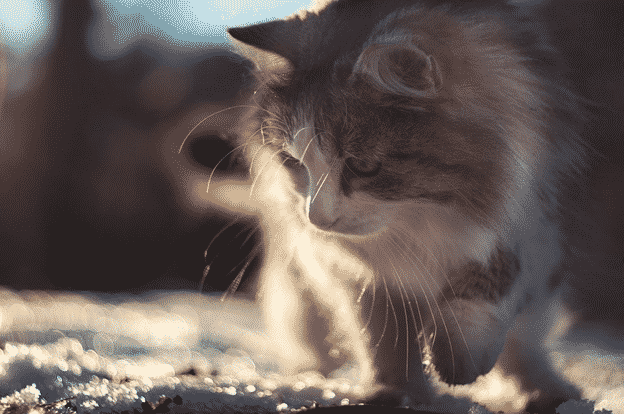
Learn to Recognize Problems
If you find your pet shivering, whining, getting anxious, slowing down, or looking weak, provide it with a warm, cozy place where it can burrow. If you see any signs of frostbite or hypothermia, immediately consult your veterinarian.
Care for Strays as Well
Along with a pet animal, every person has the responsibility to take care of the creatures living on the street. One appealing but deadly heat source for stray animals can be your vehicle’s warm engine. Therefore, make sure to check underneath your car, honk the horn and bang on the hood of your vehicle before you start the engine so that any hitchhikers are warned on time.
Spend More Time Indoors
It is best to keep your pet cats and dogs indoors during the winter season. While it is a common belief that these pet animals have a higher tolerance level towards cold than humans due to their fur coats, as mentioned above, this isn’t true. Like humans, pet animals are also prone to hypothermia and frostbite and therefore, they should be kept inside during the winters as much as possible.
Examine the Paws
Make sure that you perform frequent paw checks to look for any signs of damage or injury from cold weather such as bleeding or cracked paw pads. If you notice a sudden lameness while your fur baby walks in the snow, it might be due to ice accumulation between its toes or due to an injury. You can clip the hair between your pet’s toes in order to avoid such circumstances.
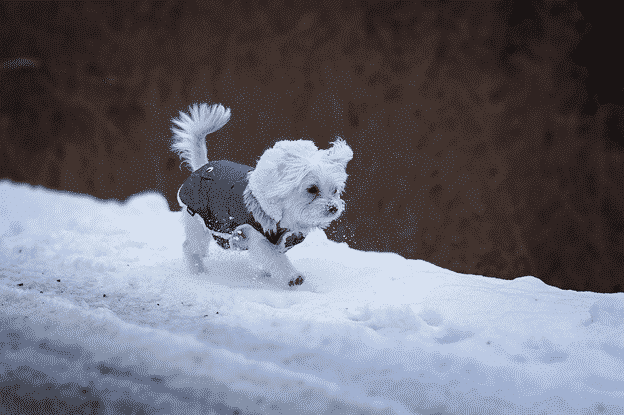
Clean Your Pet Thoroughly
By walking on snow, your pet can pick up antifreeze, deicers, or other harsh chemicals that can prove to be quite harmful and toxic for your little one. Therefore, once you get back inside your home, make sure to wipe its belly, legs, and feet of your pet animal thoroughly to reduce the risk of your fur friend being poisoned.
Dress Your Pet Appropriately
If you see your pet animal getting bothered by cold weather or it has a short coat, consider buying a dog coat or sweater for it. Keep several extra clothes on hand so that you can make it wear a fresh, dry jacket every time you take it outside. Wet clothes can make your fur friend more uncomfortable cold. You can also buy some booties to protect your pet’s feet. However, make sure that the clothes and the shoes fit well so that they don’t end up making your pet uneasy.
Remember the Importance of Chips and Collars
A lot of pets tend to get lost in cold weather because ice and snow can significantly hide scents that pets otherwise recognize and use to find their way back home. This is why it is important for pet parents to install a well-fitted collar on their pet that contains up-to-date contact information and identification. While a collar is a useful option, microchips offer a more permanent solution for the identification of a pet animal.
Pet-Proof Your House
Since your precious kitty or pup will be spending more time indoors during the winter season, you should pet-proof the entire space properly in order to provide your pet with the safest environment possible. Heaters can often prove to be hazardous devices for pets since pets tend to come in close proximity with them and burn themselves. Make sure to install carbon monoxide detectors and perform maintenance checks on your furnace regularly in order to keep your loved ones including your fur baby safe from harm.

Feed Your Pet Well
During winters, it becomes more important to keep your pet animal at a healthy weight. It is a common misconception that extra weight can give pets extra protection from chilly weather. However, obesity comes with health risks. Therefore, it is important to talk to a vet about the nutritional needs of your companion so that it can remain happy and fit all year round.
Provide Outdoor Shelter
While taking a pet outdoors in the winter season is never recommended, if you believe that keeping your pet animal inside is impossible, make sure to provide it with a warm, cozy shelter so that the wind doesn’t make it sick. They should have access to clean drinking water at all times and they should be provided with a warm, dry bed or surface to rest every now and then. Avoid installing any heat lamps or space heaters near your pet’s outdoor shelter house as they come with the risk of fire or burns.
Avoid Using Ice
When taking your pet out for a walk in the winter season, stay aware of frozen water, lakes, and ponds and stay away from them. You can never be sure if the ice will support the weight of your pet animal or not. Breaking through the ice can prove to be deadly for your precious fur baby. Furthermore, this could result in you instinctively trying to save your pet, automatically putting your life in jeopardy as well.
Winter Diet Needs

Feed Your Four-Legged Companion Properly While You Watch Their Weight
As a pet parent, it is your responsibility to feed your canine or feline friend a proper diet all year long. However, when the winter rolls around, it becomes crucial for those little creatures to get additional nutrients to survive the harsh weather. As mentioned earlier, many pet parents believe that the fatter their pet becomes, the more protection it gets. However, this is far from the truth.
Giving your cat or god extra pet food every day in the hopes of them packing a few extra pounds and using that additional weight to remain warm during the winter is not a good idea. It can instead lead to other health-related issues. The correct practice is to feed your pet animal a healthy amount of food that is right for its particular needs. Make sure to consult a veterinarian in order to decide the type and amount of food that is ideal for your pet’s body requirements.
Choosing the Right Pet Food for Winter
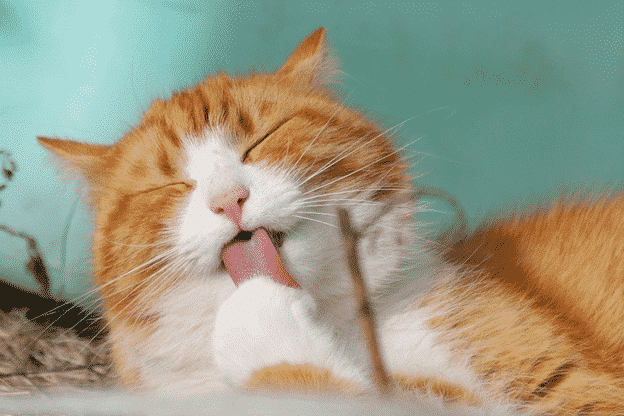
With a wide range of products available on the market today, it can be quite difficult to find the best pet food for your fur baby. Here we have listed multiple factors to consider when buying pet food in order to help you make an informed decision!
Your Pet’s Size
When feeding your pet, it is important to consider its size. If your cats or dogs are on the bigger side, they might need a few extra calories as they tend to burn more than smaller sized pets. Keep the size of your pet in mind when selecting winter pet food. During winters, it is best to choose pet food with a higher fat content as dogs and cars of all sizes need as much energy as they can during the gloomy season. However, if your pet companion is already obese or overweight, opt for winter pet food with a lower fat content to maintain a healthy balance.
Fat and Fur
The fur and fat ratio of your pet animal can greatly affect the type of winter pet food that is suitable for them. Pets with a higher fat density and a thick fur layer can often protect themselves from the chilly weather with ease. Since they don’t shiver much, they don’t need to burn many extra calories. For such pets, you can buy pet food with lower fat content. However, if you own a pet with less fur, it might need some extra protection from the harsh winter elements and therefore it might need to consume more food to maintain a healthy weight.
Your Pet’s Age

When selecting the right type of pet food for winters, age plays a significant role in the process. This is because pets that are older often have slower metabolisms as compared to pets that are younger. This simply means that older pet animals burn calories slower and are less energetic. If you have a senior dog or cat, it is best that you choose pet food that has a lot of vitamins and nutrients and a lower fat content relatively. This is because it can become quite difficult for older pets to lose weight with the minimum amount of energy they have.
Health Status of Your Pet
Healthy pets are easier to cater to. However, if your pet animal has health issues or underlying medical conditions like arthritis or diabetes, you might have to be very careful when selecting winter pet food for it. You need to study the ingredients carefully and see that there isn’t anything present in the food that could harm your pet or worsen its health. Usually, sicker pets are less energetic and are unable to burn more calories. Consult a vet to understand the fat content that would be suitable for your companion.
Ingredients of the Pet Food
It is essential that you study and analyze the ingredients of the pet food you are buying for your domestic animal to see if it has the right amount of nutrients and calories that can keep your pet healthy and happy during the winter season! Also, look out for ingredients that could trigger any allergies that your pet might have in order to avoid any harmful reactions.
Bottom Line
While the winter season comes with a lot of fun, excitement, and mesmerizing snowfalls, health-related issues such as frostbite and hypothermia can pose major risks to your precious pets. Remember, if it is too chilly for you, it is probably too chilly for your little four-legged friend. Use all the aforementioned information in our detailed guide to take care of your furry friend and keep it warm, cozy, and comfortable at all times!
Discover how to create a joyful, healthy home for your pet.
Subscribe to your weekly rundown of practice, real life ideas and training tips straight to your inbox.


